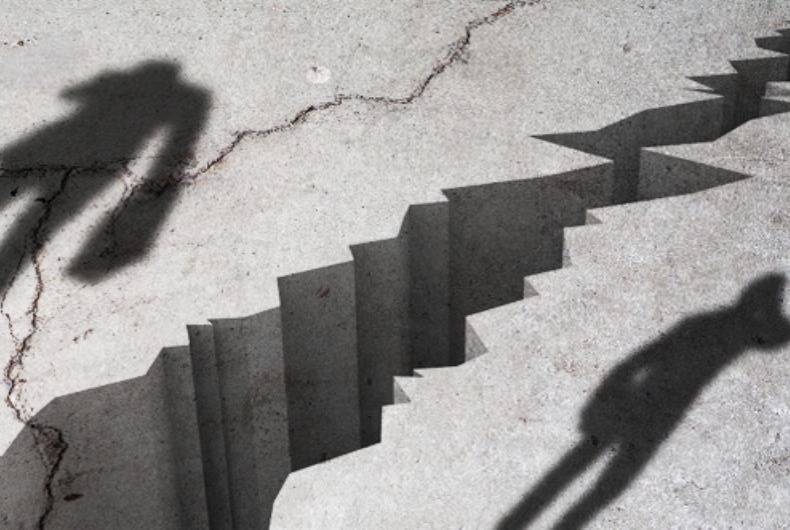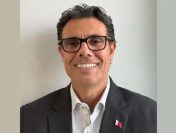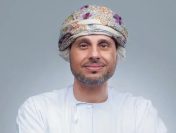 It would appear that following several global and regional developments, optimism has plunged among young Arabs across much of the region. According to the ninth annual ASDA’A Burson-Marsteller Arab Youth Survey, there is a widening divide over the mindsets between those living in the wealthy GCC states and those in other countries in the Middle East.
It would appear that following several global and regional developments, optimism has plunged among young Arabs across much of the region. According to the ninth annual ASDA’A Burson-Marsteller Arab Youth Survey, there is a widening divide over the mindsets between those living in the wealthy GCC states and those in other countries in the Middle East.
The survey reveals several toplines on how the Arab youth is thinking and connecting.
It indicates that the United Arab Emirates (UAE) has cemented its position as the country most young Arabs would like to live in and would most like their own countries to take after. This year, one in three young Arabs say they would most like to live in the UAE, a significant increase of 13 percentage points from last year. Asked which country they would like their own country to emulate, the UAE again comes on top, with more than a third of young Arabs (36 per cent) saying the UAE is their model country, compared with one in four last year.
Despite their pride in the Arabic language, most young Arabs say they are using English more than Arabic in their daily lives. While 80 percent of young Arabs agree to the statement ‘Arabic is central to my national identity’. Yet, 60 percent of young Arabs agree that Arabic is losing value and, for the first time, more than half of young Arabs (54 percent) say they are using English more than Arabic in their daily lives (up from 46 percent in 2016).
Among young Arabs, Facebook is the number one medium for daily news. More than a third of young people in the Arab world say they get their news on Facebook daily, compared with 31 percent for other online news sources, 30 percent for TV news channels and just 9 percent read newspapers daily. Two-thirds (64 percent) of young Arabs say they use Facebook to share news stories, up from 52 percent in 2016 and 41 per cent in 2015.
“The Arab Youth Survey provides a voice to the voiceless, and allows young Arabs to be heard around the world. It allows us to hear what Arab youth think and feel about their past, present and future. As such, it is an invaluable tool for businesses and governments, and civil society in general, who need accurate data and insights about this most important demographic,” said Roy Haddad, Director, WPP MENA.
Middle East – A Region Divided
The Survey throws light on a growing trend of a polarization of views. Just over half of those surveyed (52 percent) say their country is headed in the right direction – a big decrease from the situation just one year ago, when almost two-thirds (64 percent) said they thought their country was going in the right direction.
In the GCC member states, an overwhelming majority (85 percent) of young people are confident that their country has been heading in the right direction over the past five years, but in the Levant and Yemen, which face mounting social, political and economic challenges, the same number, 85 percent, believe their country is headed in the wrong direction.
Looking at long-term optimism, three-quarters (78 percent) of youth in the Arabian Gulf countries say their best days are still to come, while, conversely, two thirds (66 percent) of young Arabs in the Levant and Yemen believe their countries’ best days are behind them.
Most (81 percent) young Arabs feel that their government could do more to address their problems and issues, though 86 per cent of Gulf youth believe their governments are putting policies in place that will benefit young people – an opinion held by just a quarter (24 percent) of young people in the Levant and Yemen.
“The stark divide between the views of youth in the GCC nations and those in the Levant and North Africa is clearly related to the differences in opportunity. The findings from this year’s Survey are profoundly troubling. In the nine years we have conducted this research, we have always seen geographic differences, but never so pronounced,” said Sunil John, Founder & CEO, ASDA’A Burson-Marsteller.
He asserted that optimism should be the default attitude for youth, and the fact that so many young people, in so many nations, today believe that their countries’ best days are behind them should be a real cause for concern for policymakers across the region.
The Rise Of New Problems
The threat posed by Daesh – viewed last year as the number one issue facing the Middle East – is seen as diminishing, this year tying with unemployment as a top concern for 35 percent of the region’s youth.
One out of two young Arabs (51 percent) say that they are ‘very concerned’ about the jobs situation, an increase of 9 percentage points over last year, with youth in Iraq (69 percent), Algeria (64 percent) and Bahrain (60 percent) most concerned about unemployment.
Looking further afield, attitudes towards the election and presidency of Donald Trump are largely negative among Arab youth. Despite having been in office for just weeks before the survey was conducted (from February 7 to March 7, 2017), Trump is already seen as the most unpopular US president of the 21st century.
A strong majority (70 percent) of young Arabs say Donald Trump is anti-Muslim. Young Arabs also believe the election of Trump is the single development that will have the biggest impact on the Middle East over the next five years, eclipsing the recovery in crude oil prices, Daesh’s loss of territory in Iraq and Syria, Saudi Arabia breaking off diplomatic ties with Iran and the ongoing conflict in Yemen.
The Survey also reveals that anti-American sentiments are on the rise, with 49 per cent of young Arabs viewing America as an enemy of their country. Meanwhile, Russia’s influence is on the rise across the region, taking the lead from the US as the leading non-Arab ally among Arab Youth.




